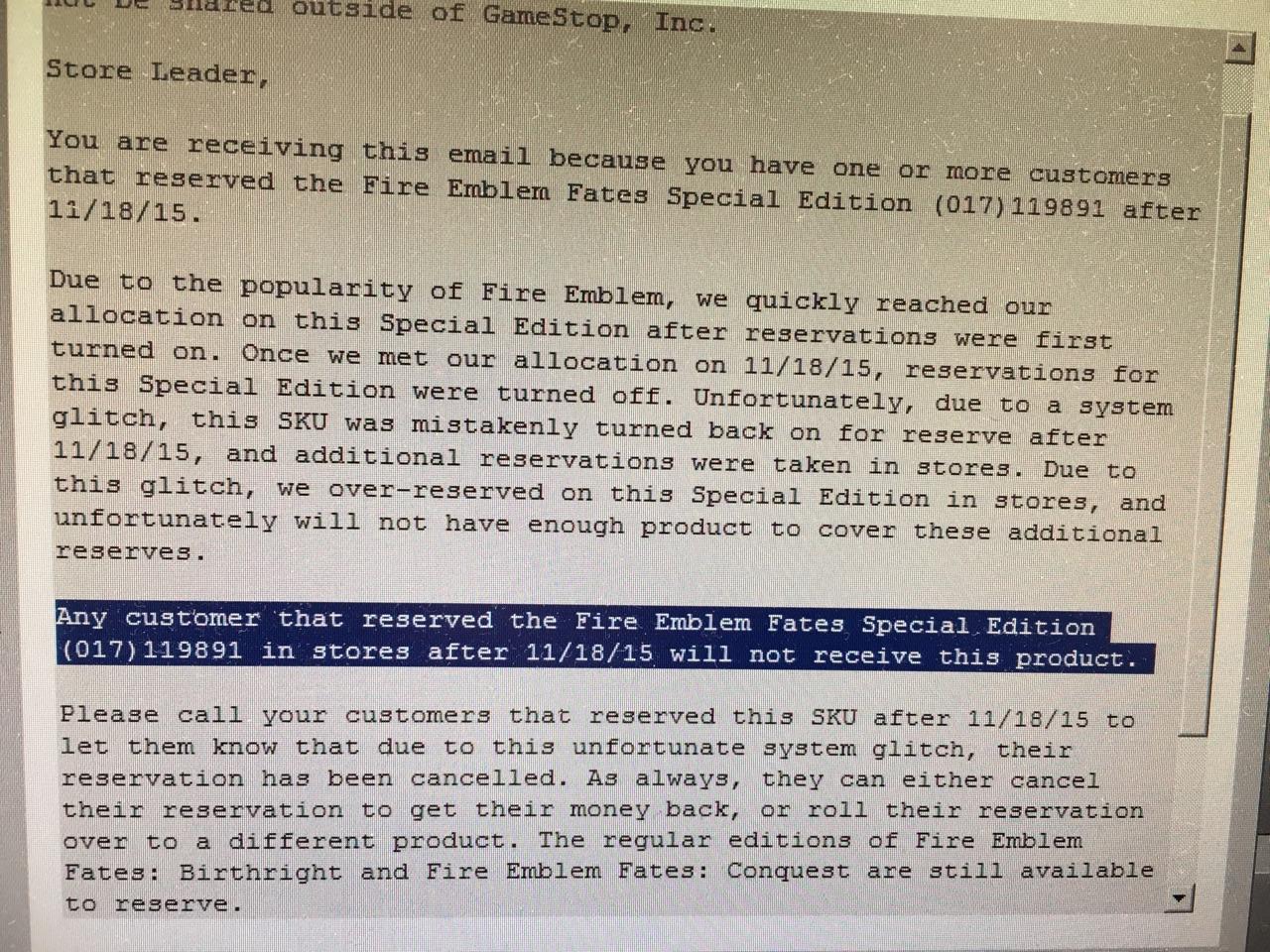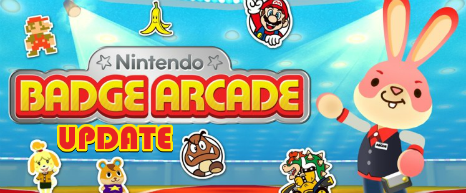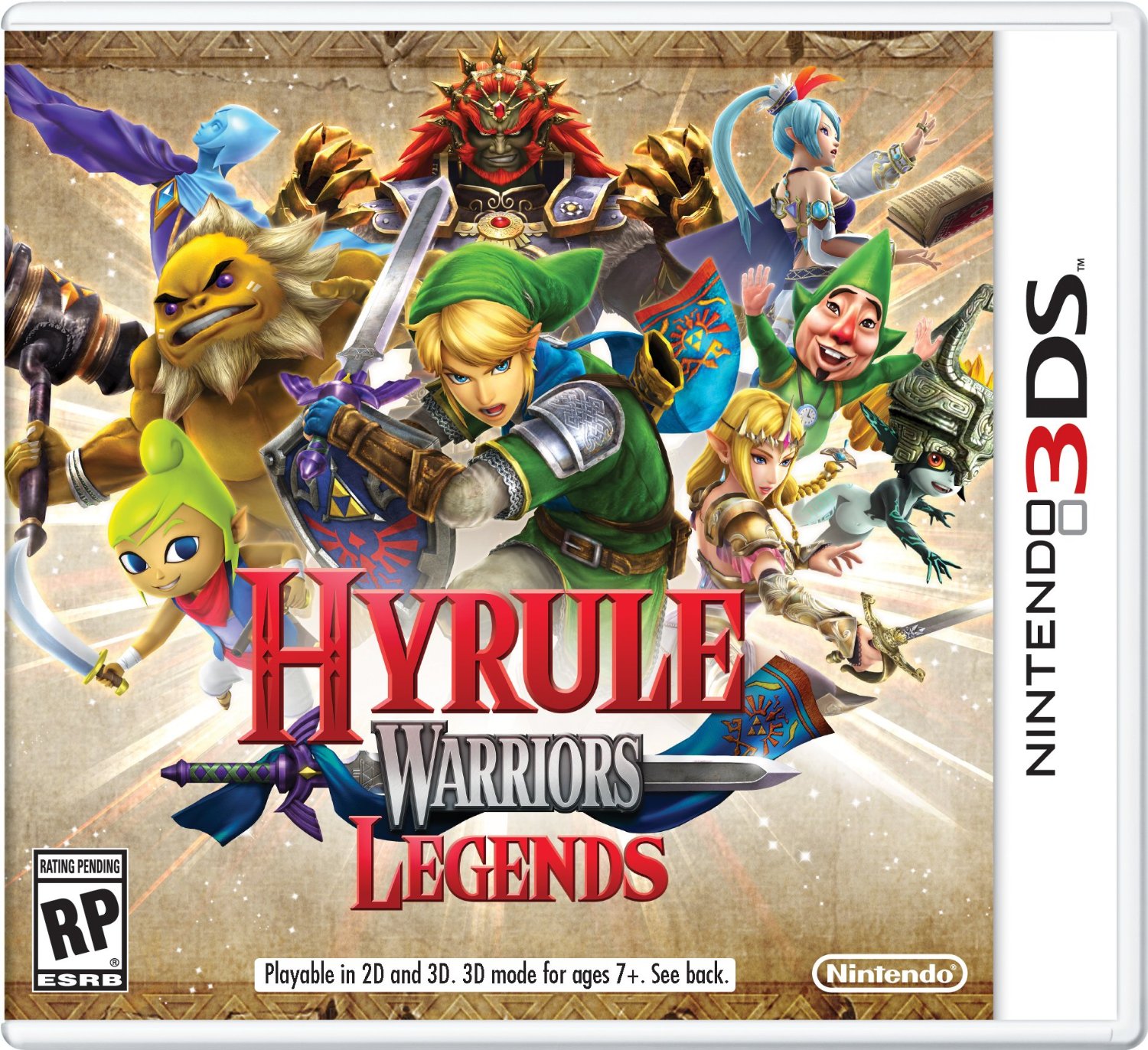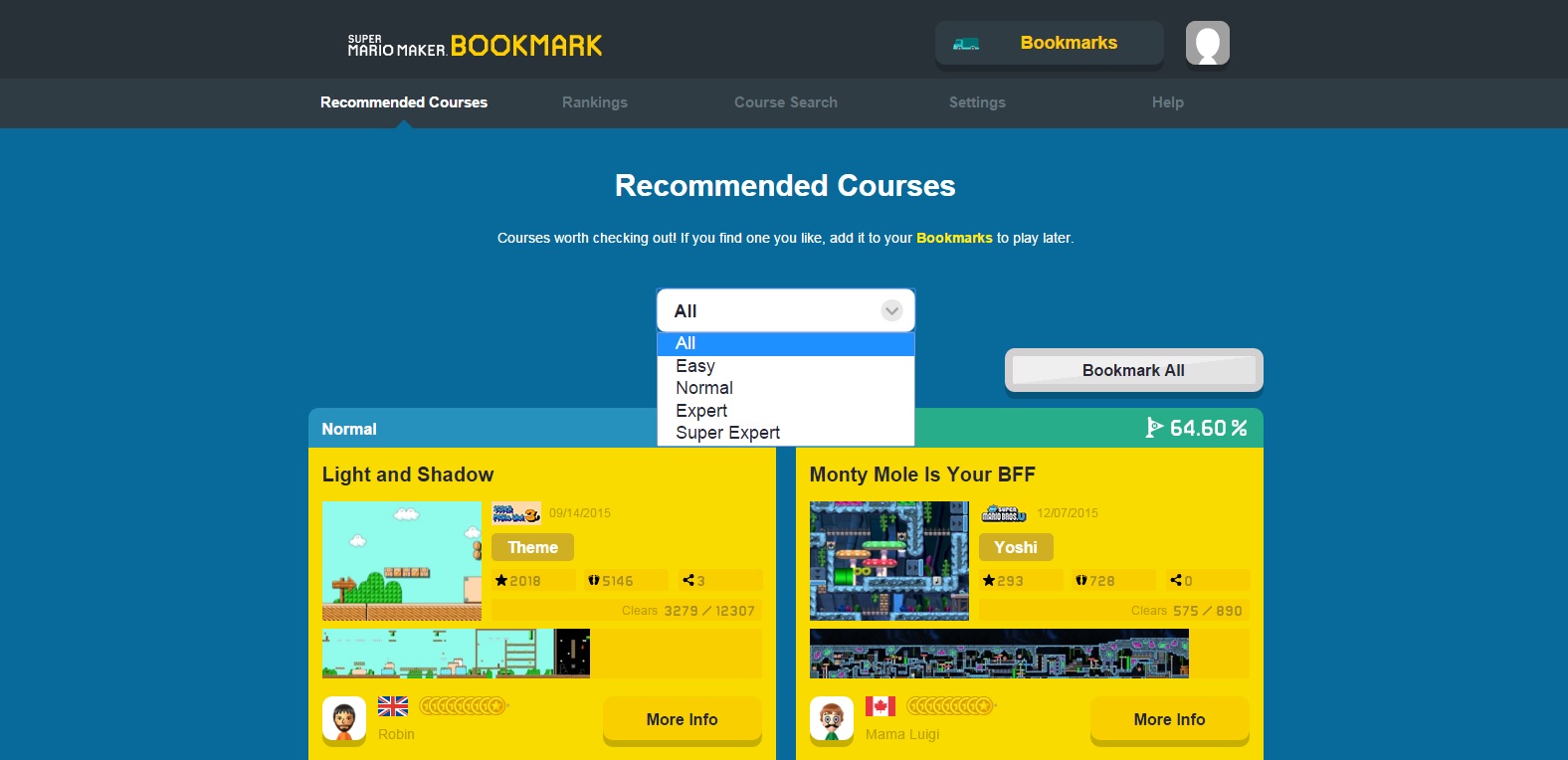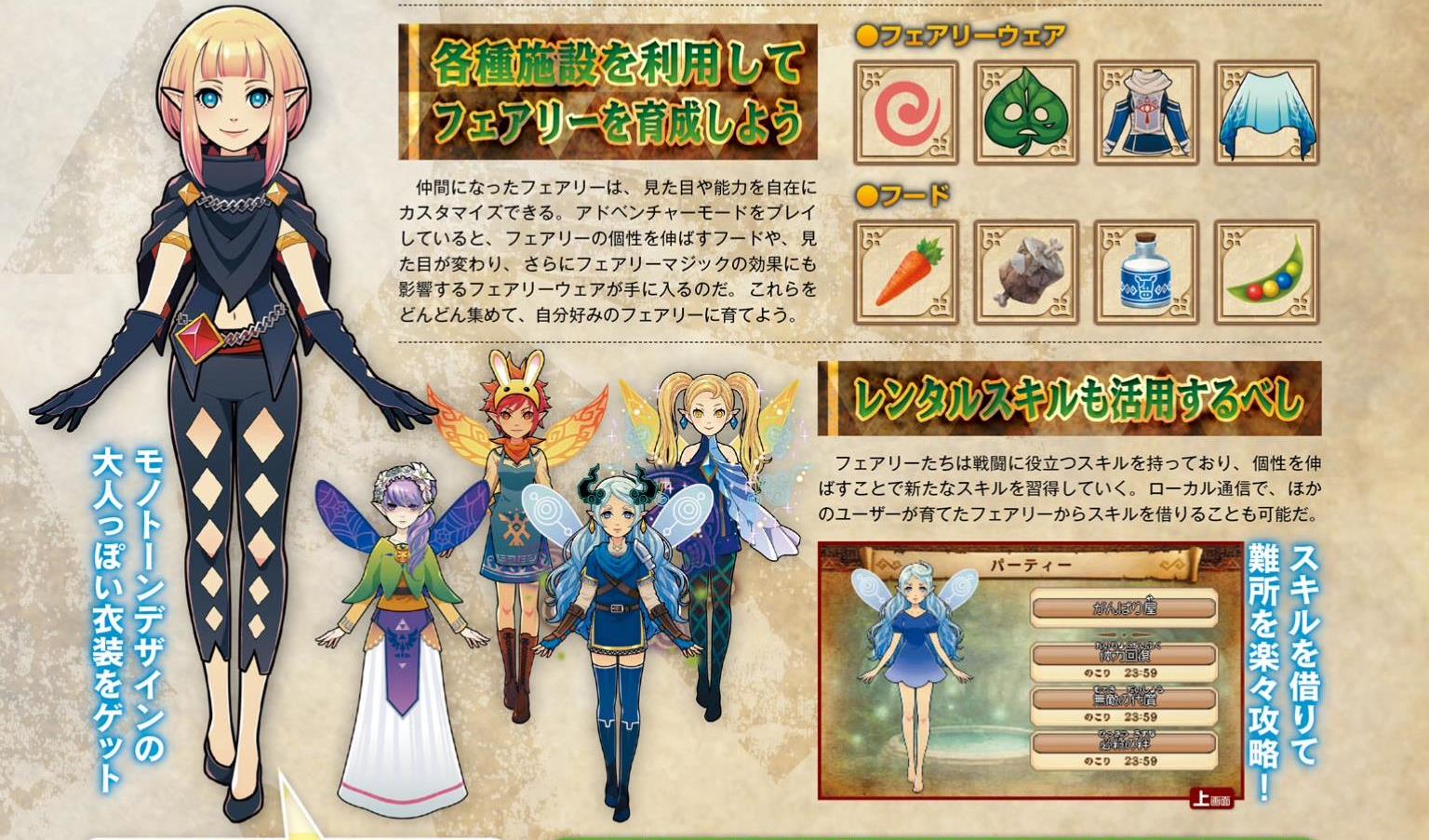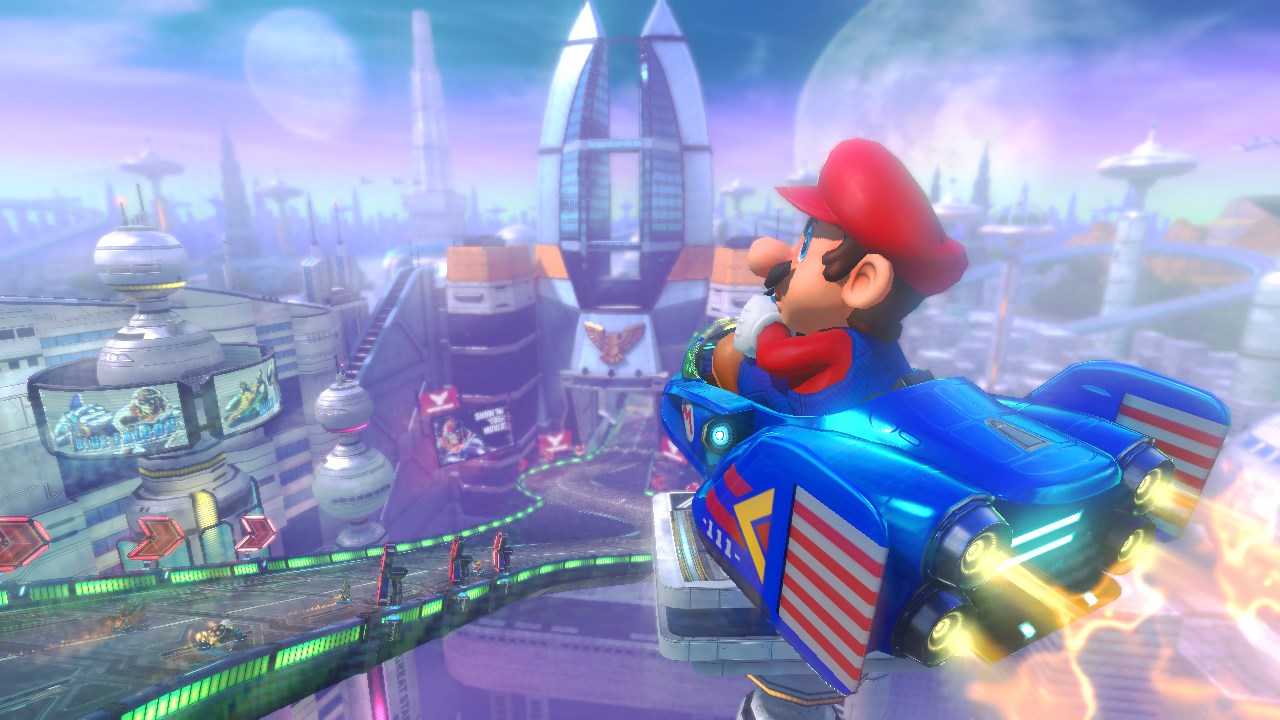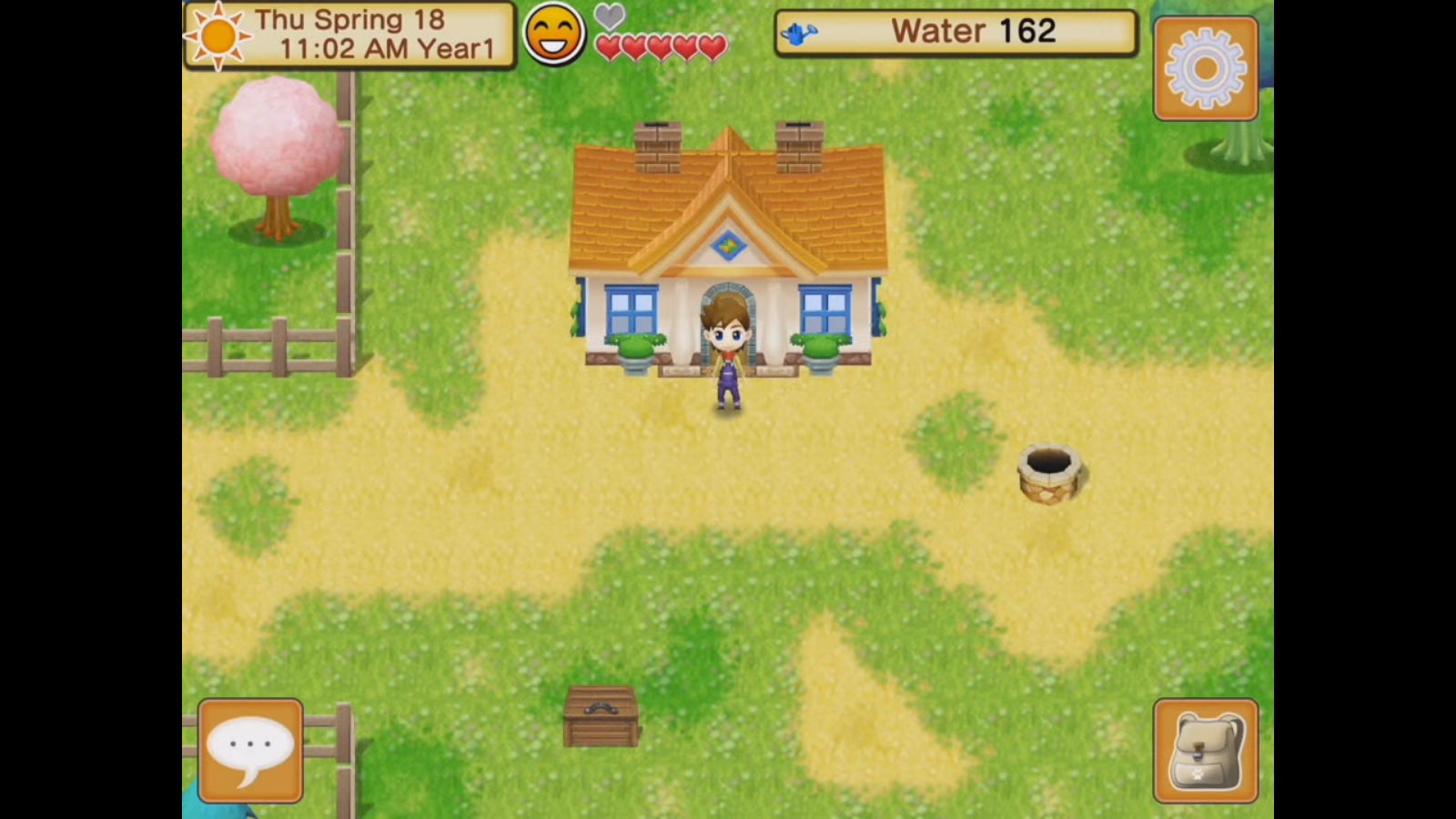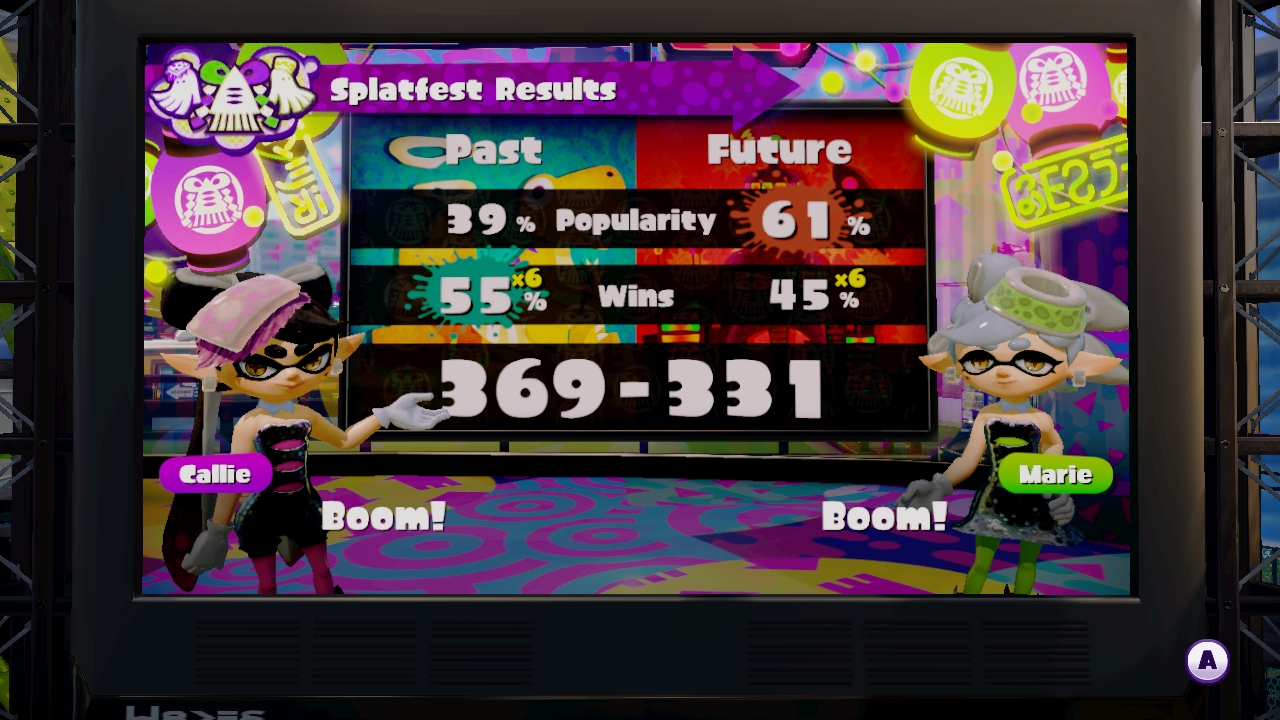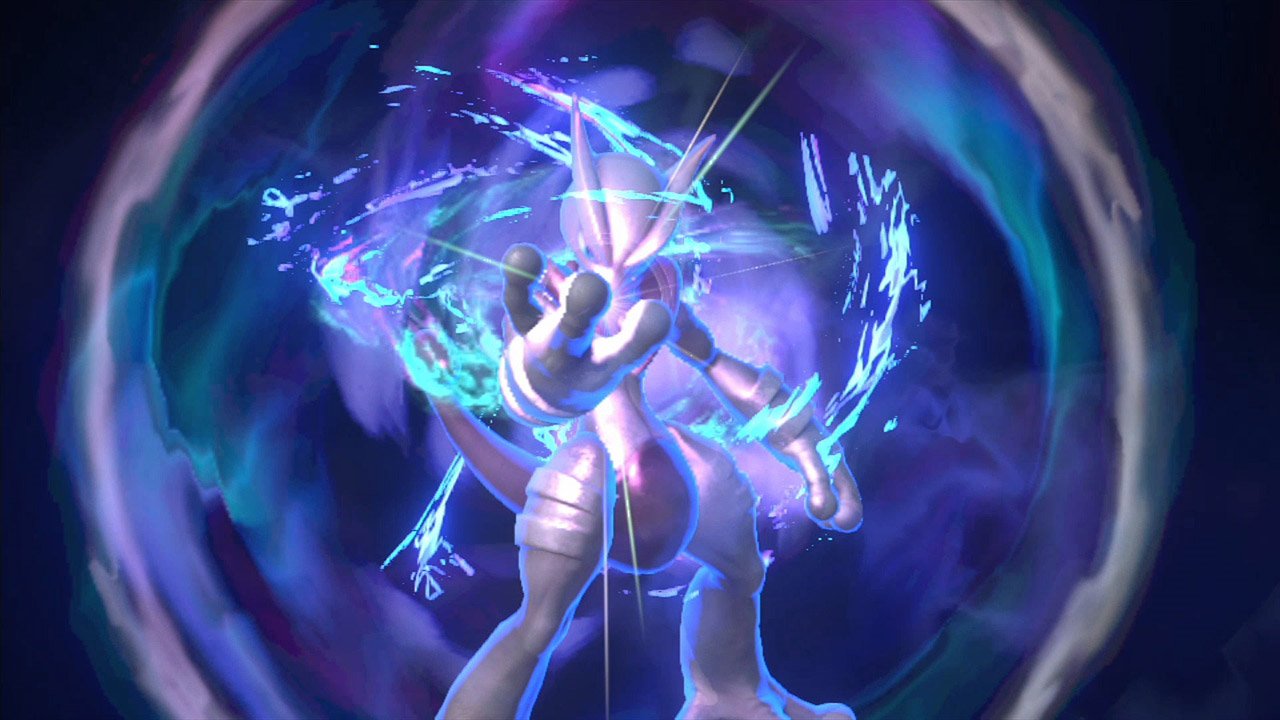Did you pre-order the Fire Emblem Fates Special Edition at GameStop after November 18? If so, chances are that your order has been cancelled. An official notice distributed internally indicates that reservations were still possible after this date, but only due to a glitch. Consumers should be receiving a phone call about the cancellation of their order.
For the most part, pre-orders for the Fire Emblem Fates Special Edition have been sold out for awhile now at all retailers. GameStop’s website has been out of stock, though it was still possible for gamers to reserve a copy in store.
Update: Bumped to the top. Added in Sunday’s updates.
Nintendo Badge Arcade has been receiving daily updates since heading. Because it’s continually updated with content, we’re rounding up all of the additions and changes in a weekly post.
Here’s what’s on tap for the week of January 11:
– 3 Animal Crossing panels (1 day left)
– 8 Pikmin panels (4 with 1 day left)
– 3 Zelda: Tri A Link Between Worlds panel (1 day left)
– 6 Mario vs. Donkey Kong panels (3 with 2 days left)
– 10 Mario panels
– 8-bit Super Mario Bros. castle theme offer (available until 1/14)
Plenty of videos have appeared this weekend comparing Hyrule Warriors Legends to the game on Wii U. Yet another comparison has surfaced, now showing how the title runs on the original 3DS compared to the New 3DS. Unfortunately, the performance takes a bit of a hit on older systems. Check out the full video below.
A few days ago, Twitter user Random Talking Bush posted a whole bunch of images showing unused content from Yoshi’s Woolly World. He’s also now posted a video of a level that didn’t make it into the final game. It seems to be the same level used at one point in development back when it was known as Yarn Yoshi, but there are a few changes.
Here’s the video:
Just like the game itself, Nintendo has updated the Super Mario Maker Bookmark site. It’s now possible to filter levels by difficulty. The options include “Easy”, “Normal”, “Expert”, and “Super Expert”.
If you play Super Mario Maker and have yet to give the Bookmark site a look, you can do so here. It’s extremely useful since you can search for courses, save them for later, and then easily access them on Wii U.
One of the new elements in Hyrule Warriors Legends is the “My Fairy” system. Fairies are like partners during the game. If you befriend one, it’ll assist you in battle through its special attributes.
In next week’s issue of Famitsu, a download code will be included for players to obtain an exclusive costume. This apparently cannot be acquired through other means. As for the costume itself, it’s based on Ghirahim. It comes with a special skill that increases fairy magic effects, so it might be useful in high difficulty stages.
Via MCV, we have more sales data from the UK during 2015. This includes the best-selling Wii U and 3DS games, market share by platform and publisher, and more. All of the information can be found in the images below.
A couple of days ago, Natsume put out a trailer for Harvest Moon: Seeds of Memories’ iOS launch. Another video has hit the web as well focusing on gameplay. View it below.
Splatoon’s latest North American Splatfest has drawn to a close. After a day of battling, we now know the winning side of the past vs. future theme.
Team Future was much more popular than Team Past having received 61 percent of the vote. However, since the past side had more wins (55 percent), that led them to victory. The final score was 369 points for Team Past and 331 points for Team Future.
Nintendo and The Pokemon Company announced on Friday that Pokken Tournament is releasing on March 18 in the west. That news was accompanied by the launch of an official website, located here.
There’s not too much to see on the site currently. You can get a look at the different characters included in the game, but that’s pretty much it.
However, upon further inspection of the page, there are grayed out options in the menu like “Game Modes” and “amiibo Card”. There’s also something called “My Town”. I don’t believe we’ve heard about this before. What might it be?
Thanks to FoxTheBlox for the tip.
